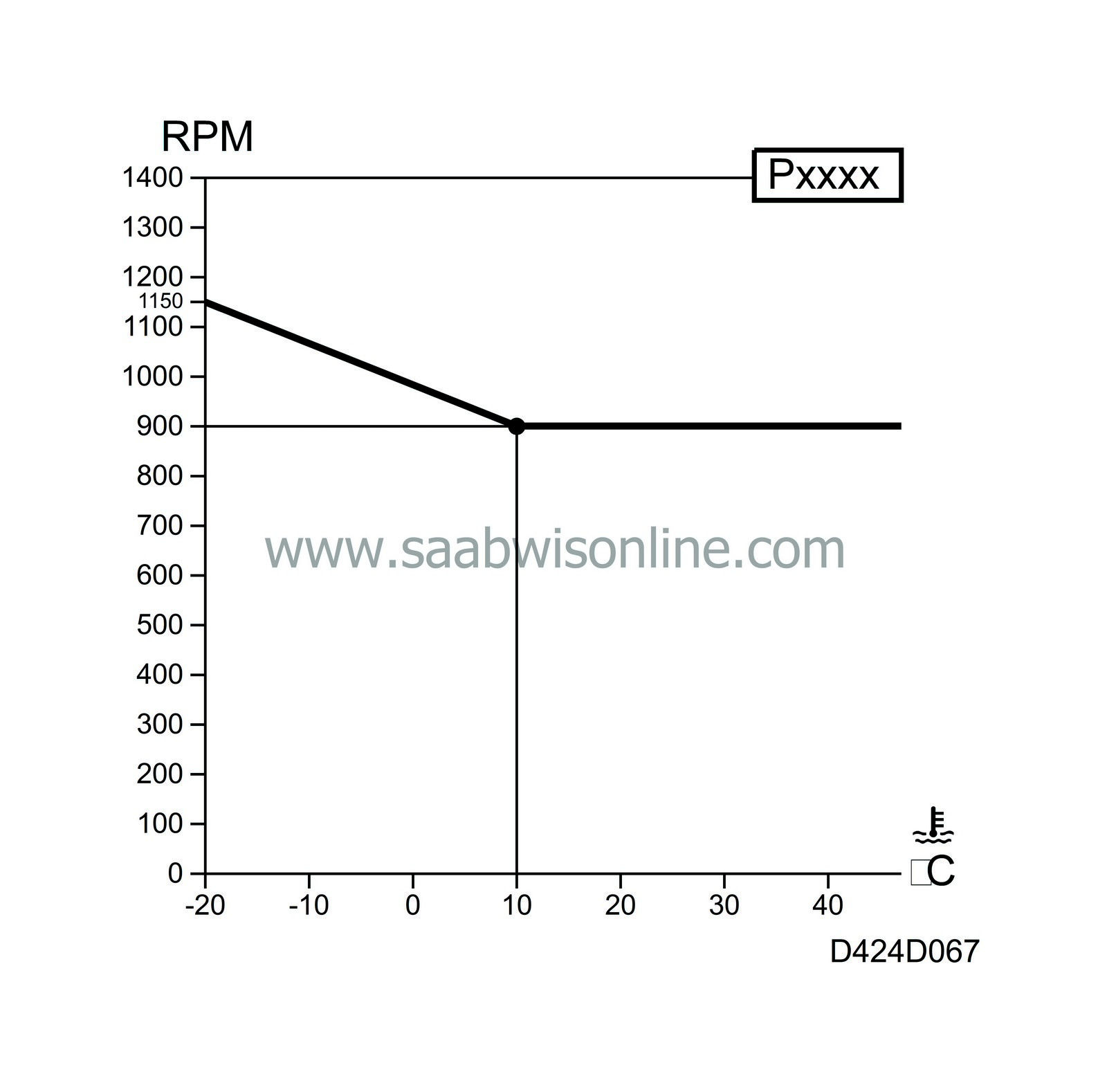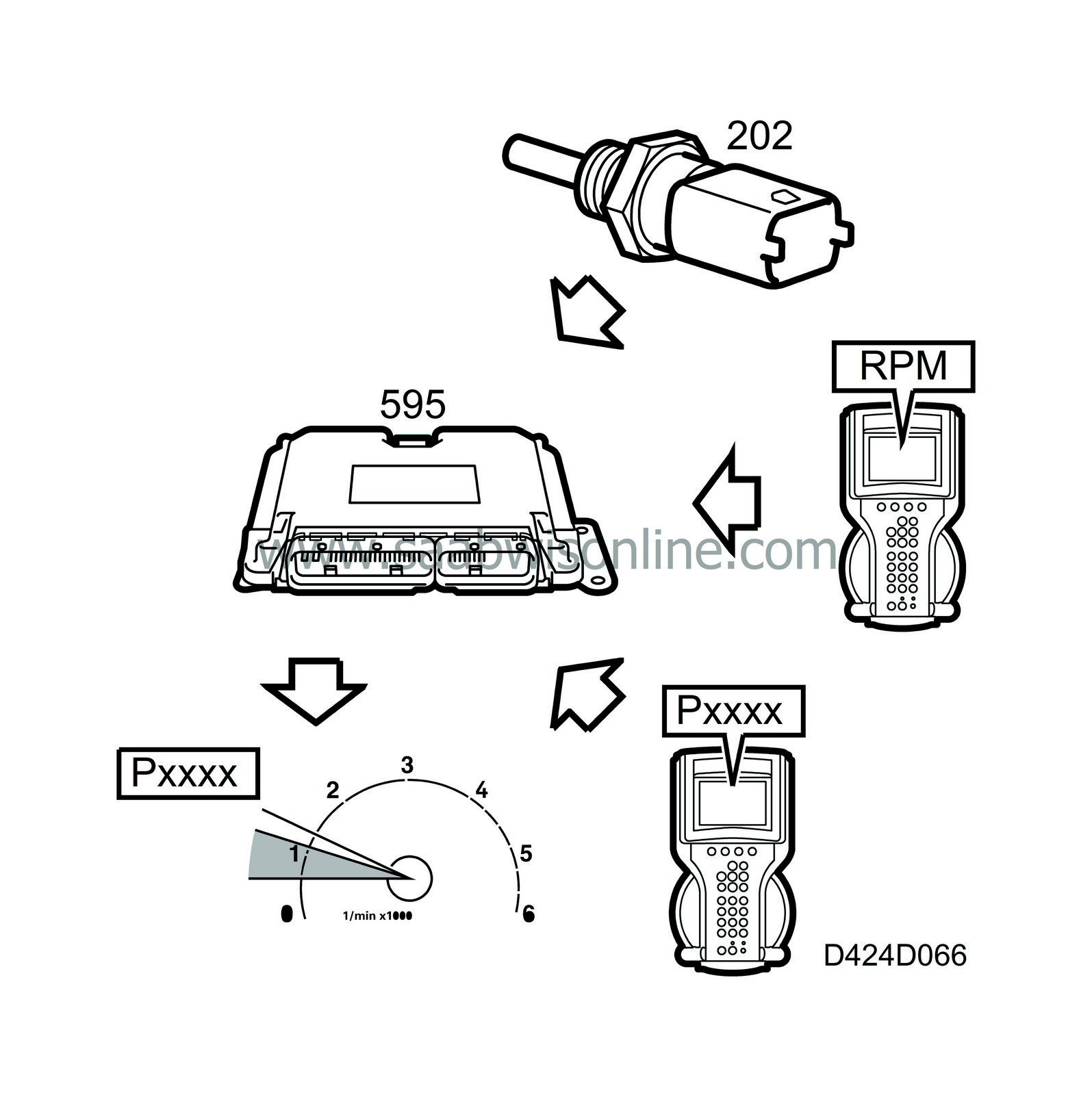Idle speed control
| Idle speed control |

Idle speed control comprises two sub-functions:
| - |
desired value, idling speed
|
|
| - |
idle speed control
|
|
| Desired value, idling speed |
The idling speed that is to apply is based on the engine coolant temperature, intake air temperature, whether the control module has diagnostic communication or if a system fault has occurred (DTC).
Idling speed can vary from approx. 1150 rpm with a cold engine to 900 rpm with a warm engine, depending on the engine coolant temperature and intake air temperature.
During diagnostic communication, a max. engine speed of 2000 rpm is allowed. The idling speed can be decreased or increased using the ACTIVATE function on the diagnostic tool. If a system fault should occur, the idling speed is set to 1400 rpm. The ADJUST function on the diagnostic tool can be used to program a permanent change in the idling speed of 100 rpm. If the idling speed is adjusted in this way with the diagnostic tool, the calculated idling speed is increased or decreased with the adjustment value and the total idling speed is sent on to the idling speed control.
The idling speed desired value is calculated synchronously with time, i.e. the calculation is performed at determined intervals.
| Idle speed control |
The idling speed control sub-function executes the order from "desired value, idling speed".
Idling speed control comprises a number of different internal calculations that are performed synchronously with the engine speed. This involves each new calculation of the fuel quantity being controlled by the engine speed. A new calculation is performed for each power stroke to determine an injection quantity that corresponds with the idling speed.
The fuel quantity from idle speed control is carried forward in the decision process in the control module.



